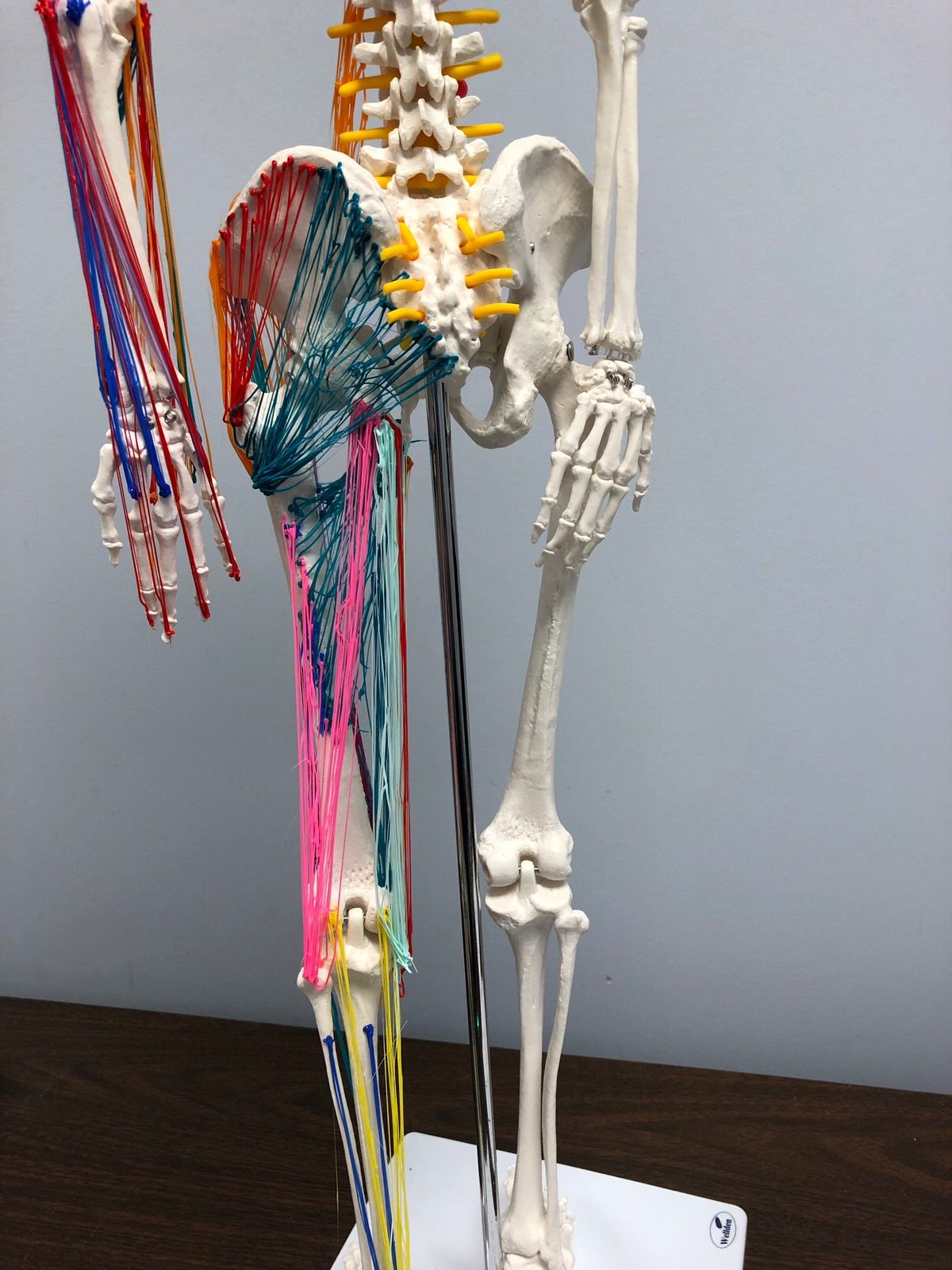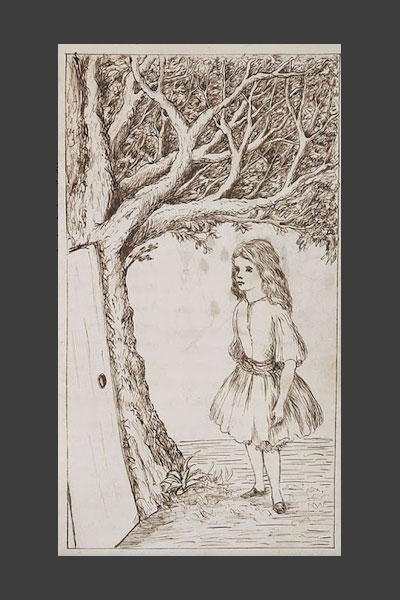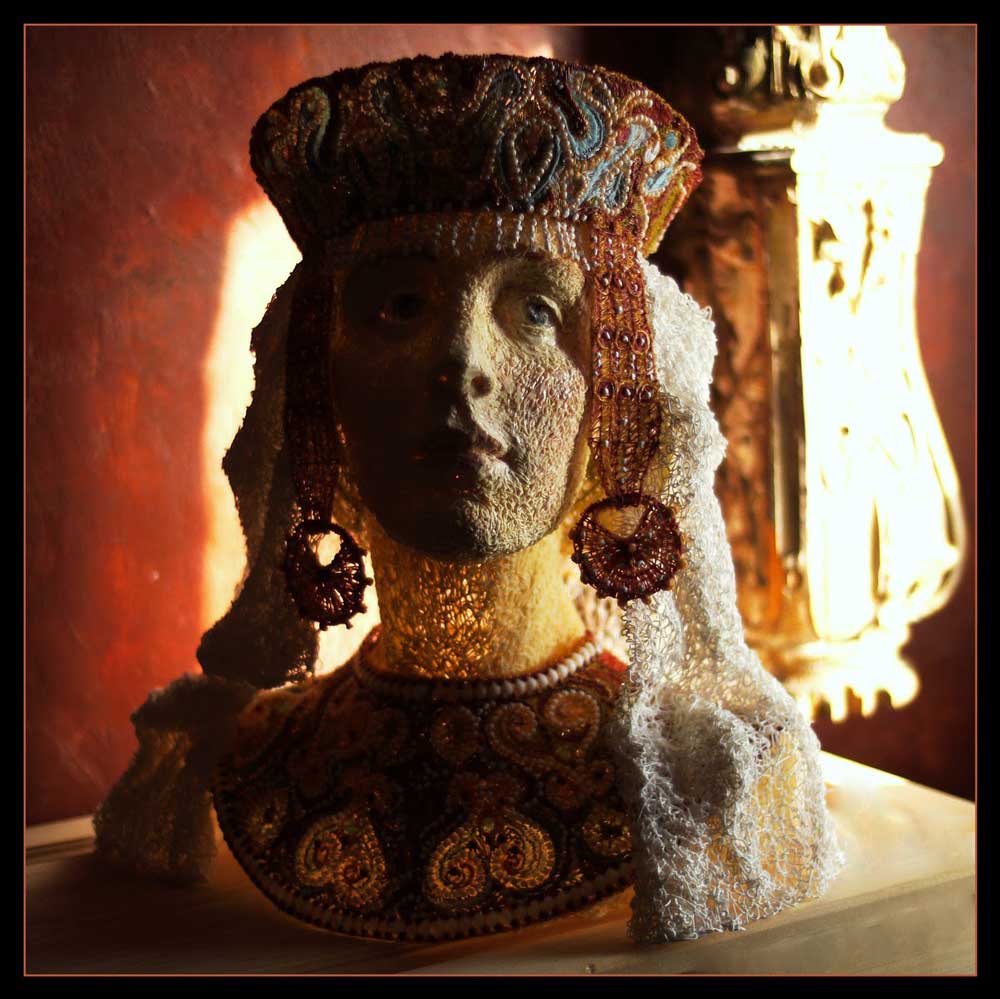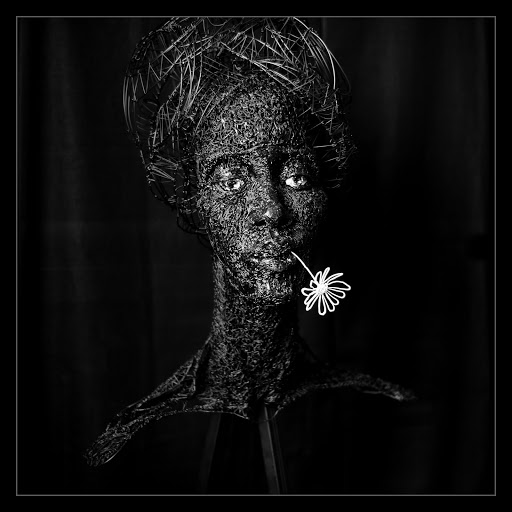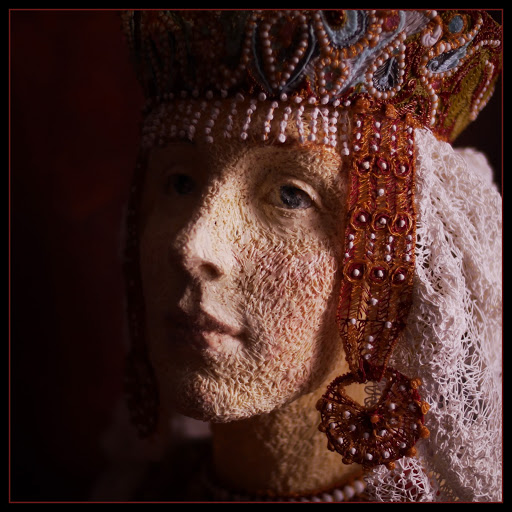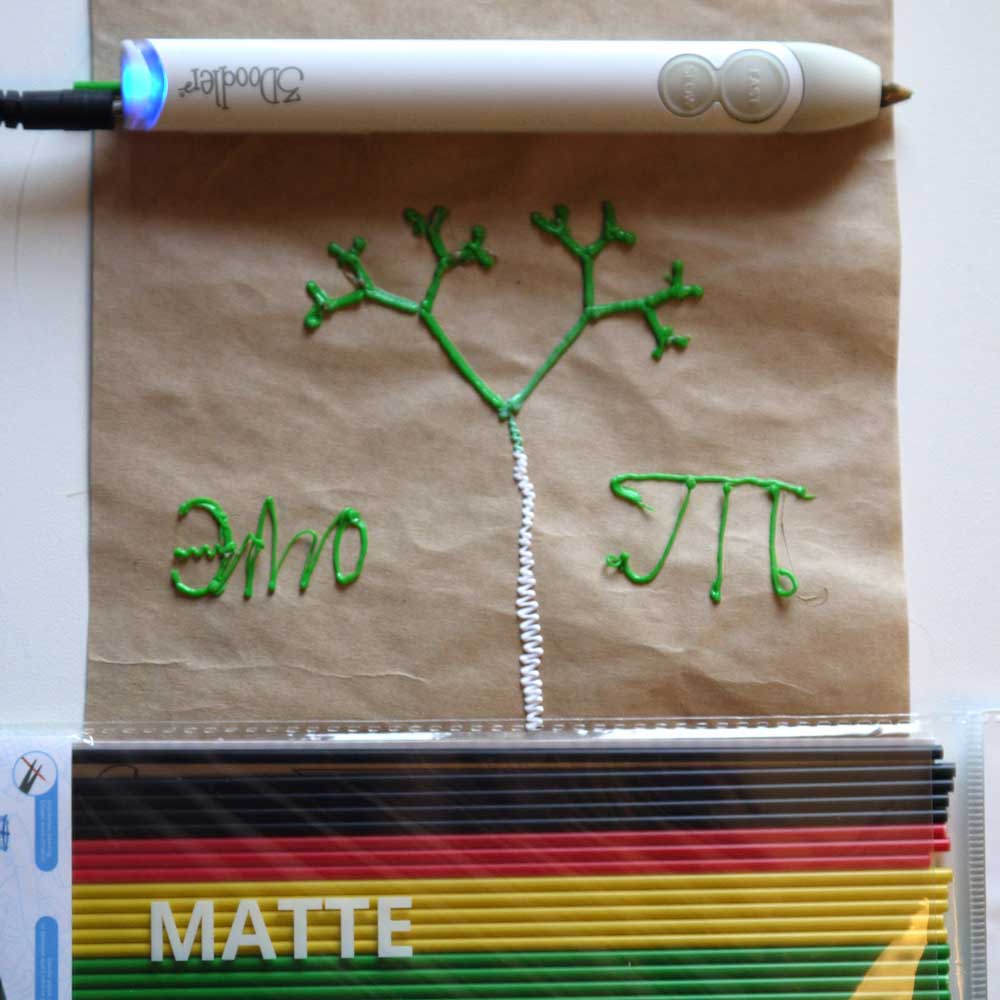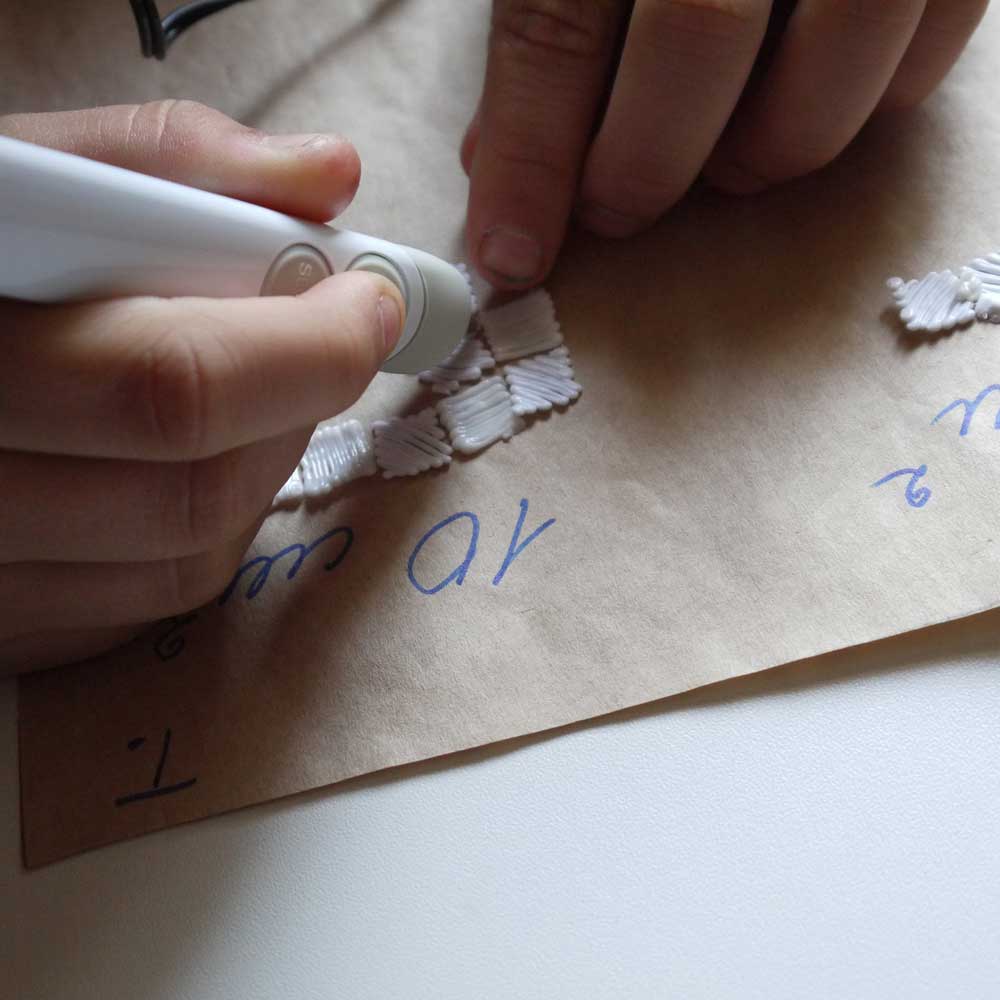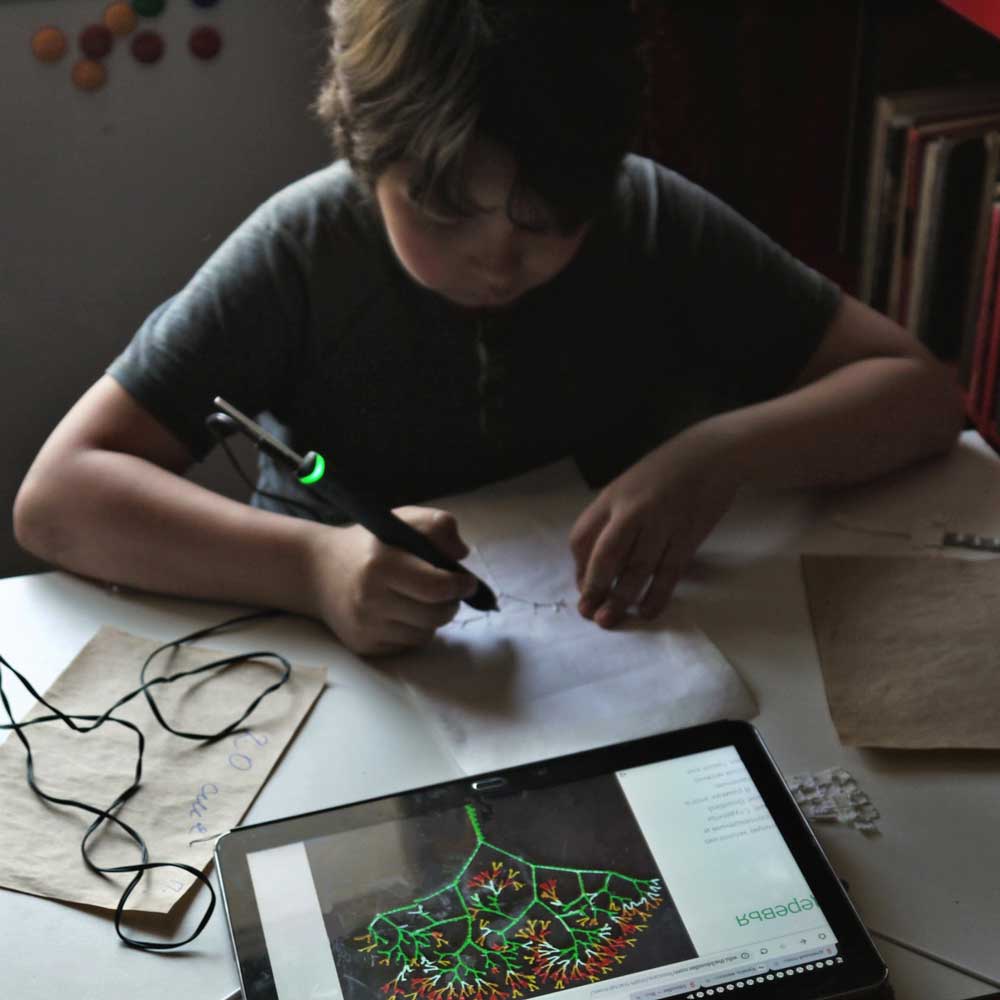Dr. Erin Harmon, Ph.D., is a professor of Biology at Sage College in Albany, NY. In her Anatomy and Physiology lab, she instructs students to explore the human body through innovative hands-on learning – and her primary tool for doing so is the 3Doodler Create+ pen!
We had the opportunity to speak with Dr. Erin about her teaching modality, and here is what she had to say.
What prompted you to start using 3Doodler Create+ pens in your college laboratory activities?
The first time I heard about 3Doodler pens, I was fascinated by the technology. It was only a little while before I came up with a way to incorporate it into my classroom. I quickly realized that it was ideal for teaching students in my Anatomy and Physiology lab how skeletal muscle attaches bone.
Can you please describe, in detail, the technique that you’re using with students in the Anatomy and Physiology lab?
"In my classes I ask students to work together in pairs to draw a series of muscles on a plastic skeleton. The details of this lab were recently featured in Course Hero’s Best Lesson Series."-Dr. Erin Harmon Share
In my classes I ask students to work together in pairs to draw a series of muscles on a plastic skeleton. The details of this lab were recently featured in Course Hero’s Best Lesson Series.
Each group of students is given a 3Doodler Create+ pen, a Wellden half-size skeleton, and approximately 1 strand of PLA plastic per muscle they are creating. Along with these materials, students are given a list of muscles and their origin and insertion points. With the skeleton as a base, students use the Create+ pens to draw muscles on the skeleton. Deeper muscles are drawn first, while more superficial muscles are drawn later. The PLA plastic adheres nicely to the Wellden skeleton, but can be easily removed at the end of lab, and re-used by other students.
We found that it takes approximately 2 hours for students to Doodle 12-15 muscles.
What advantages has this modality provided, as opposed to other methods you have used in the past?
The 3Doodler Create+ pens bring skeletal muscle anatomy to life for students. Students taking Anatomy and Physiology at The Sage Colleges are expected to learn the origin and insertion sites for 40-50 muscles. A given muscle will attach to a set of bones in at least 2 places, and many muscles attach in multiple sites. Historically, the hardest part of this lab for students is learning all these sites of attachment.
In the past, we have had students research and give presentations on subsets of muscles. We also had labs in which students drew muscles on 2D paper skeletons. While this engaged students somewhat, we were limited by the 2-dimensional nature of paper, as many muscles and their bony connections are best appreciated in 3D. I’ve heard of teachers having students build muscles on 3D skeletons using colored tape or clay. While I have not tried these methods myself, I imagine that each of these materials have their drawbacks.
With the 3Doodler Create+ pens, it was very easy for students to draw muscles on skeletons in 3D. The technology allowed students to appreciate how muscles overlap with each other. Additionally, by drawing out the muscles, students are able to better visualize the consequence of individual muscle contraction on skeletal movement to the rest of the system.
What are the impacts it has had on your students’ learning experiences?
Using the Create+ pens makes for engaging and memorable lab time.
Students are excited to use this new technology to draw muscles in 3D. Many students have said that they will “never forget” some of the muscles they Doodled. That was my exact hope – that by visually and mechanically engaging students during their learning process, it would solidify the memories of the muscles.
What was the feedback from the students on learning in this new way?
I had a lot of positive feedback on this lab.
At first, some students were apprehensive when I told them they were going to be drawing muscles (particularly science minded individuals, those that do not consider themselves very artistic). However, the pens are very easy to use, and students caught on quickly.
The first year we tried this lab, we bought just a few pens, and students worked in groups of 4. The main feedback I got that year was that students wanted more pens! The following year we did just that. We added more pens and skeletons to the lab to allow students to work in smaller groups.
Students found this muscle lab to be very engaging. One student wrote that “this method helped my classmates and me visualize the muscles and their locations more easily.” Another student called it “the most memorable lab [of the year].” That sounds like success to me!
How can you see other teachers benefiting from using this technique?
This is a great lab, and it was very affordable. After our purchase of the pens and skeletons the first year, the only subsequent yearly costs are the inexpensive plastics.
Could you recommend some tips and tricks to other educators on how to get started in the classroom using a technique like yours?
The detailed step-by-step instructions of this lab (including muscles to draw and their recommended order) are available on Course Hero. In combination with the Create+ pens, we recommend the Welden half size skeletons for their size and anatomical detail.
We’re seeing exciting advancements with 3D printing in the field of medicine. Do you feel like what you’re doing helps prepare students to enter into an ever-evolving medical setting?
I see benefit from this skeletal muscle lab for my all my students, especially those in physical education, exercise science, or those entering programs for advanced degrees in physical or occupational therapy and medicine.
I believe this is a great foundational lab for these students because it prepares them to better understand what is happening inside their bodies and muscle systems. It is also invaluable for their advanced study of human muscle and how skeletal attachment relates to movement.


